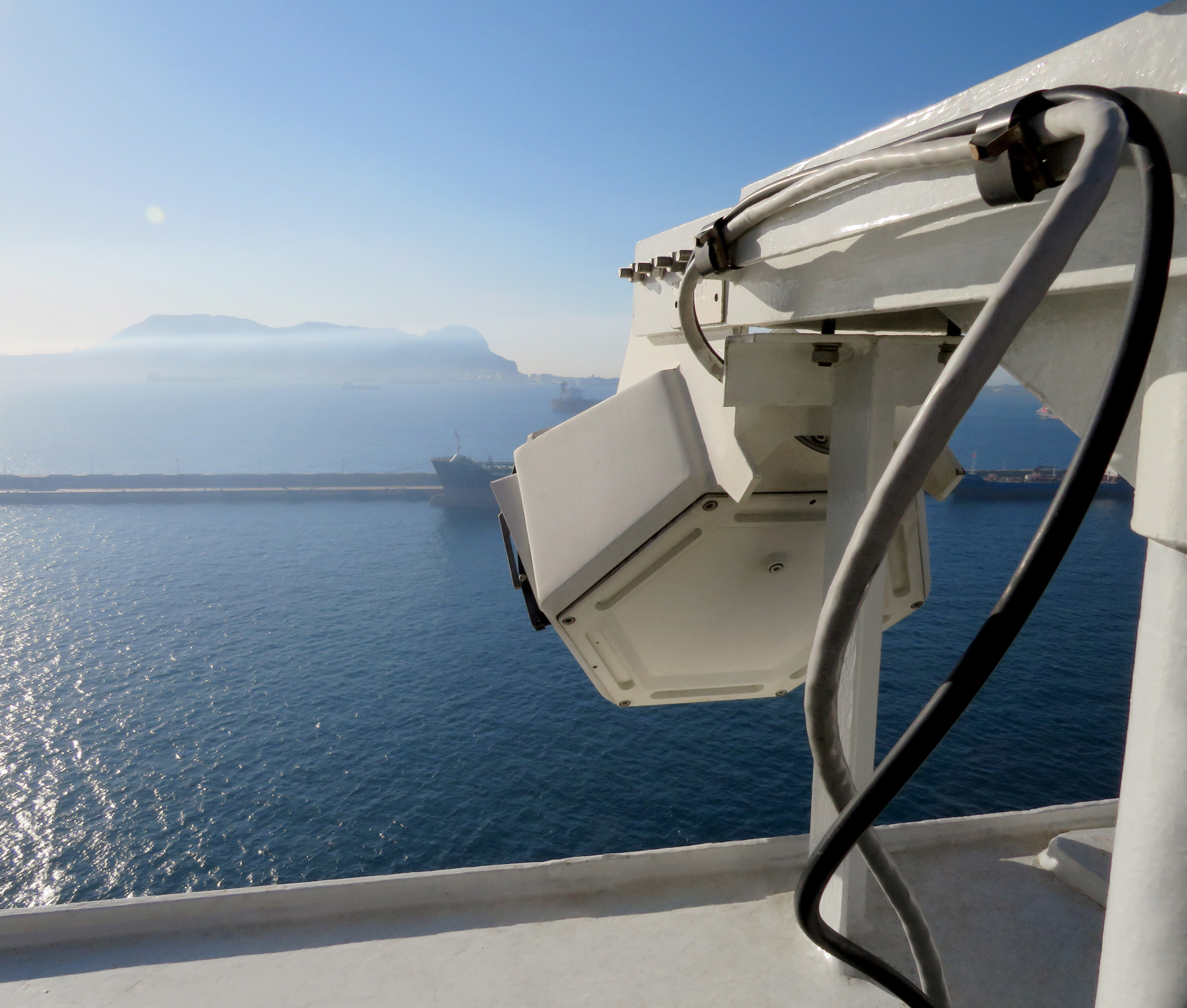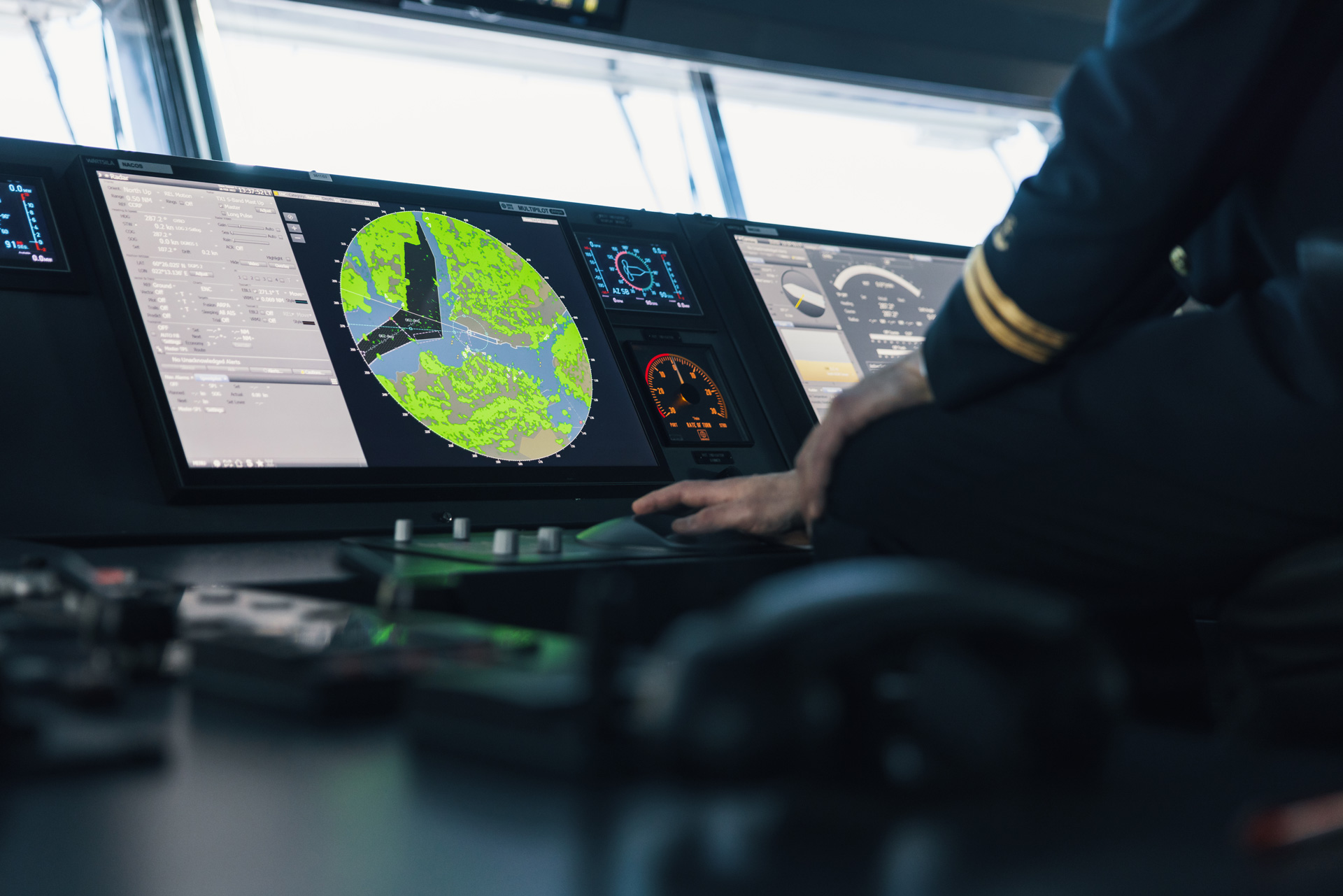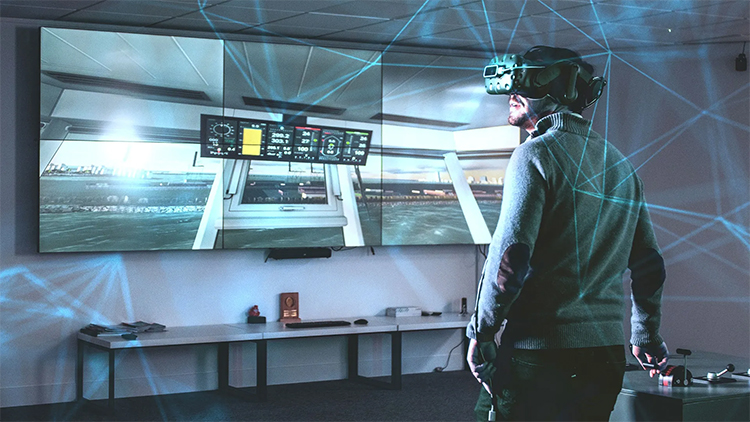

Following more than two years of global disruption, the cruise sector is readying itself to sail at full capacity once again. With environmental efficiency and safety at the core of cruising, the goals of the sector align strongly with that of its customers
and the direction of regulation. With decarbonisation and safety two areas set to remain in the spotlight, the sector must continue to invest and improve to avoid consequences.
Thanks to the deployment of advanced capabilities, and the increasing flow of data between ship and shore, operating safe, sustainable and efficient voyages is possible. But tangible results require both physical technology and an understanding from the
human side of its use and limitations.
Core Safety
One of the core values for the cruise industry is meeting both the safety and environmental requirements, while delivering a unique and exciting holiday experience, says Clayton Van Welter, Head of Product, Navigation, at Wärtsilä Voyage. Cruises
operate in niche and interesting areas to provide passengers with exclusive experiences, but this coupled with their size makes for smaller margins of error. At any one time these vessels could be carrying thousands of passengers and crew, all
putting their trust in the hands of the Bridge Team. “Safety is not a priority, but a core value for the cruise sector,” Van Welter explains.
He notes that the cruise sector has widely embraced digital tools to simplify
and optimise highly complex situations to deliver safe and sustainable voyages. Thanks to the sector’s investment in connectivity, which has been driven by the demand to provide passengers with the same level of connectivity at sea as they have
at home, many cruise vessels now have the bandwidth capacity needed to optimise their operations.
Wärtsilä Voyage's Smart Panoramic Edge Camera System (S.P.E.C.S) augments situational awareness to take it to the next level. Through several cameras, which are placed around the ship, S.P.E.C.S provides the bridge
with a 360-degree visibility of the vessel, eliminating all blind spots. Using augmented reality (AR) and integrating this with AIS, chart and radar information, S.P.E.C.S identifies and alerts the operator to potential hazards.

This offers the kind of situational awareness and digital vision that traditional CCTV applications cannot deliver in a marine environment. “This is an exceptionally important part of being able to manoeuvre vessels safely and efficiently.”
Towards Carbon Neutral Cruising
The cruise sector is committed to improve its environmental footprint and cutting emissions is an integral part of this. “Many guests now consider the environmental credentials of a cruise line when selecting their vacation,” says Van Welter.
It’s not just about emissions though. A ship’s food waste, plastic use, ocean discharges, will all determine the sustainability of a cruise ship.
One way to reduce emissions while in port is by plugging into shore
power. There is a strong desire to build more shore power infrastructure with the support of the cruise industry, however, this is not yet available at scale, notes Van Welter.
One advantage for cruise operators is that their vessels
tend to run fairly repetitive itineraries. “This means there is opportunity to analyse and improve key voyage analytics such as speed or trim for better fuel performance, and therefore lower carbon intensity,” says Van Welter.

Wärtsilä Voyage's integrated bridge system solutions for voyage planning, optimisation, and navigation can help here. For example, tools that allow the officer to plan an efficient voyage based on geometry, weather and past performance
of thousands of similar voyages can assist. This information is automatically fed into the navigation system, safety checked, and executed with the track and speed pilot following the plan automatically. On completion of the voyage, the bridge
team or management can analyse the voyage for continuous improvement. This all happens within one digital workflow, explains Van Welter.
Targeted Training
According to Van Welter, cruise ships have some of the most advanced navigational technologies onboard commercial vessels today. Cruise ships also maintain the highest standards of navigation safety, which includes training that is done above
and beyond compliance, he notes. However, Van Welter adds that it is important to differentiate between the capabilities of technology and the capabilities of humans. “As more intelligence is built into these systems, we need to make
sure the people operating them are given the opportunity to familiarise themselves with the technology and yield the true advantage of that system, and really understand the limitations.”
He believes that highly realistic
simulator training and blended learning experiences are essential to provide crew with the equipment-specific training they need to improve knowledge, safety, environmental awareness, and retention, but this does not always mean that the person
needs to be in a formal training facility.

Wärtsilä Voyage’s Smart Realities use virtual reality (VR) and augmented reality (AR) to provide a fully immersive
learning experience that enables crew to be placed in a virtual environment on the bridge or in the engine room. The solution prepares crews for increasingly complex ships with varying levels of autonomy, without putting themselves or the
vessel at risk. It also allows for training to be completed at any time. Smart Realities can be tailored to suit any specific bridge or engine room configuration.
A Culture of Continuous Improvement
Van Welter believes that the cruise lines that will remain in a leading position when it comes to environmental performance and safety will be the ones that embody a culture of continuous improvement. The cruise companies that will be successful
in this digital transformation will be the owners and operators that are eager to try out new things. Those that are willing to be a bit more progressive partner with various suppliers to drive core development towards not only a more sustainable
solution, but something that works for industry. These companies will be highly proactive and not let regulation be the sole driver of change.
Going forward, solution providers must work with shipping companies to develop
solutions that not only target a specific problem, but that easily integrate into a shipping company’s current working practices. Cruise companies will play a key role in shaping the tools that meet their business needs as they strive
to go above and beyond compliance. “Cruise lines need to be able to understand where their investment is going and what kind of benefits they will reap in order to experience a smooth and successful digital transformation for safe voyages,
and to meet global decarbonisation ambitions.”



